The Suitcase
Exploring the loss of homeland and belonging through art
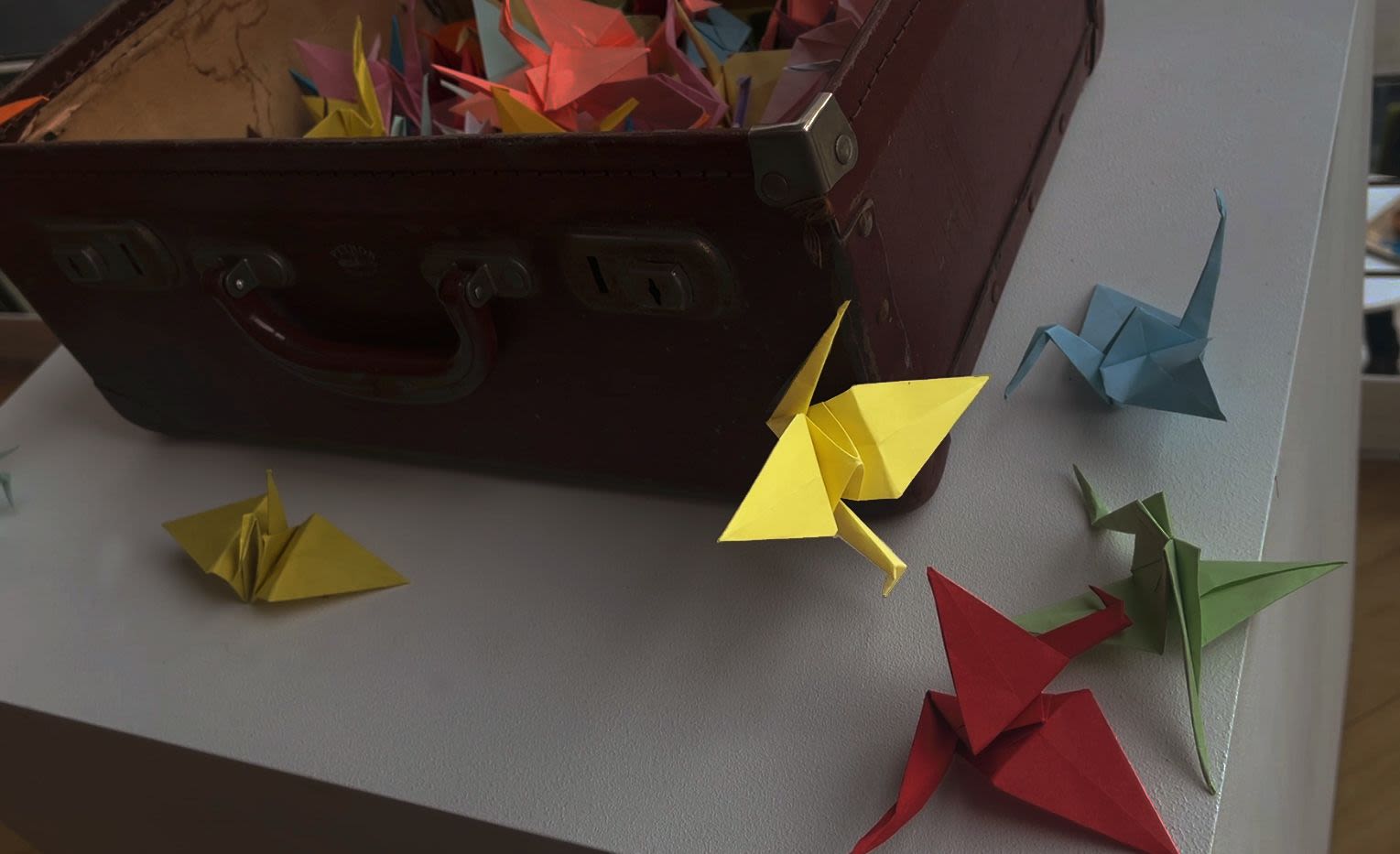
Soil. Photographs. Origami birds. Printed stories. A battered backpack. What do these objects tell? What stories lie behind them? Who's story is it and how did it come to be?
In March 2023, if you walked around UEA you might have seen white plinths across campus with suitcases on them. Inside them were everyday things. A plant. Some papers. 35-mm film canisters. And on each plinth was a QR code that would lead you to a film, and in the film you would hear the story behind these objects.
Here then were five stories, five art installations, five films, from five people, all University of Sanctuary scholars at UEA. Each tells their story, in their own way, in their own voice, of leaving their countries. The resulting works place the narrative back in the hands and voices of those who have been forced to make a journey, to leave their homeland. They are bittersweet tales tinged with both grief and hope.
"In the face of survival, there is no space for belongings."
The Suitcase was conceived by Anastasiia Petrenko (Ana), a Ukrainian student studying MA International Development at UEA. Ana is one of the 2022-23 cohort of Sanctuary Scholars, who received a scholarship as part of UEA’s commitment to helping reduce the barriers to participation in higher education faced by those seeking sanctuary in the UK.
She developed the project alongside other Sanctuary Scholars from Afghanistan, Syria, Egypt and Turkey.
The Suitcase creates a space where we can see and hear how the Sanctuary Scholars explore notions of loss, belonging, and hope for the future. It challenges us in our everyday spaces to recontextualise all the little ways a place becomes a home.
Please note: The Suitcase content may be traumatising to some audiences
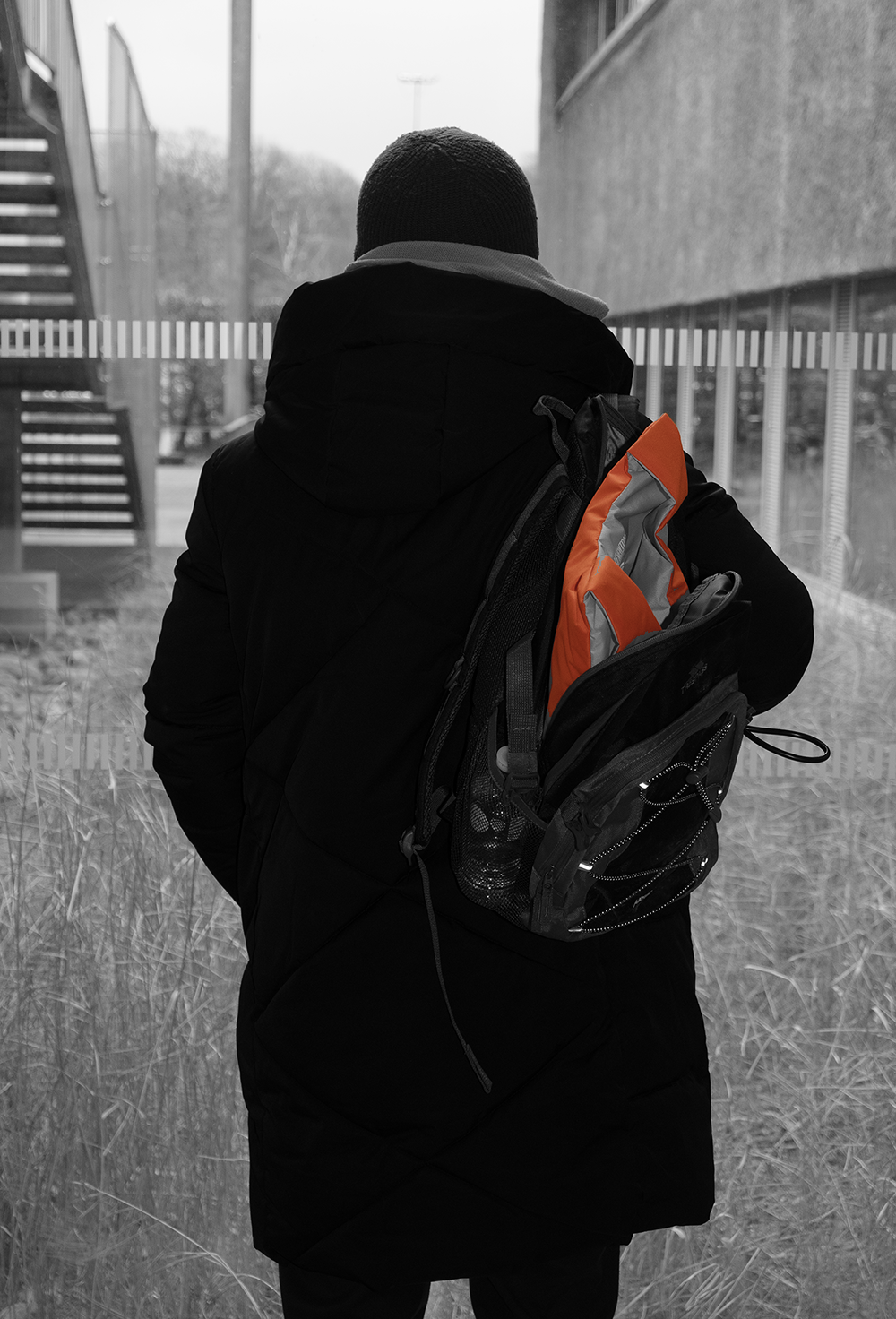
A Sanctuary scholar with their installation backpack. Image: Samantha Rajasingham
A Sanctuary scholar with their installation backpack. Image: Samantha Rajasingham
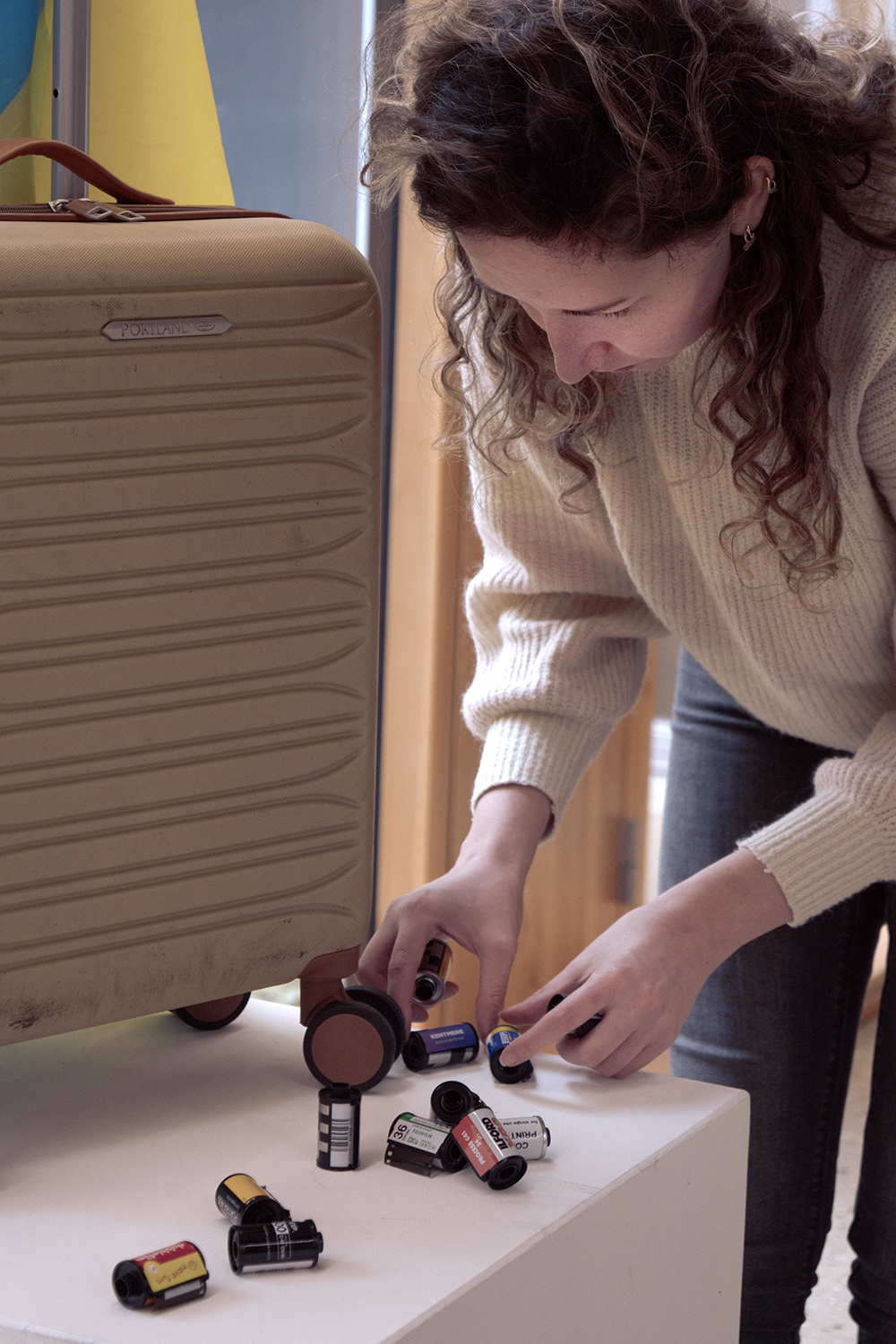
Ana setting up her Suitcase installation. Image: Samantha Rajasingham
Ana setting up her Suitcase installation. Image: Samantha Rajasingham
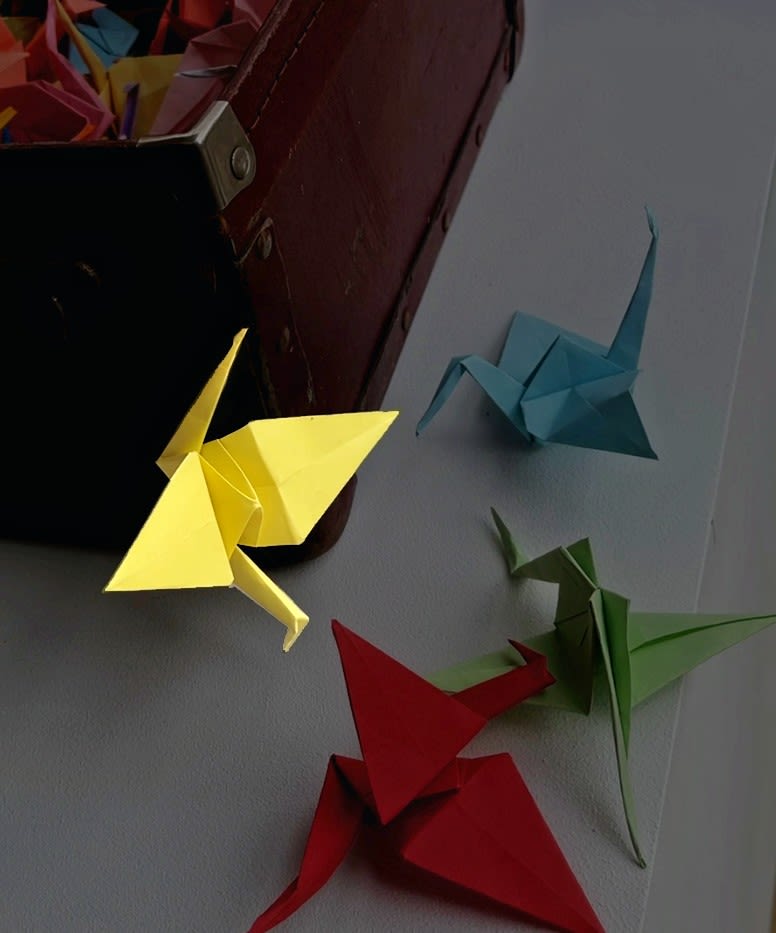
De's origami bird installation. Image: Bethany Spencer and Samantha Rajasingham
De's origami bird installation. Image: Bethany Spencer and Samantha Rajasingham
Chapter 1 - Soil of the Homeland
Bahara's installation is the soil of Afghanistan she took with her. She speaks about the hope and passions she had for the betterment of her community, but also how quickly she was forced to escape, even if being forced to escape cost her life. Her choice of soil reminds us that land and the friendliness of the ground beneath us matter.
What else can I pack? My life? My career? My house, where I have memories in every corner?Or the roads and the streets of my city?
Bahara's installation is a meditation on a specific moment when she felt her imminent loss of homeland.
Her installation suitcase contained soil, an aloe vera plant, a scarf, and a small jewellery bag (underneath the scarf).
As she rapidly packed her essential items, she saw her aloe vera plant, planted in soil from her house.
She placed the soil in her jewellery bag and carried it around with her. "It will make me feel at home."
Chapter 2 - Freedom
Ana's installation reflects the things she forgot to take with her. She had brought her laptop, documents, camera and even a pair of socks, but it wasn't till she arrived in the UK that she realised she'd forgotten to take her family photographs. The 35mm film canisters reflect that though there are no photographs of the past, there are photographs to be taken of the future.
I went to my kitchen and I saw coffee. Ok. I need to take coffee. I want to take coffee with me because I really wanted to be myself.
Ana's installation was a suitcase with the Ukrainian flag and some 35mm film canisters strewn about.
Even if she packed ahead of time, when the moment came, she only took her documents, laptop, camera, film rolls and a pair of socks.
"When you're on this constant alert, when you're on the war, you have to take decisions, life-or-death decisions every single hour."
When she arrived she realised she had forgot to pack any of her family pictures. She was especially sad to have left the picture of the four generations of women in her family from her graduation.
"That is why film rolls are there, I had a few of them to take pictures in the future but nothing from the past."
Chapter 3 - Dreams for the Future
De came here from Aleppo, a city in war-torn Syria. He carried a photo of his niece, to remind him about children. It gives him motivation to go back and help rebuild health and education for the children who will one day rebuild Syria.
New Routes, a Norwich charity that supports migrants, referred De to UEA. There, he completed his Master's in cancer research and PhD in cardiovascular disease under the University of Sanctuary Scholarship programme.
Now I'm focused ... on how to make what I took with me, what I carried with me when I moved, when I left Syria, to help childen live in a safer place. To live in peace.
De's installation was a suitcase filled with many multicoloured origami birds.
These paper birds represent dreams he kept with him, hopes, to one day return and help Syrian children.
He also took family photographs and especially treasured those of children, like his niece. The thought that he could help them rebuild Syria one day kept him strong in what were some very lonely and difficult moments.
With his Master's and PhD now complete, De is starting to help his fellow Syrians. The escaped birds are the dreams now taking flight.
Chapter 4 - A long journey
We are unable to show Chapter 4.
The University of Sanctuary Scholars come from countries which are often still difficult places to live for their friends and family. Our participants and their loved ones' security and wellbeing are always at the forefront of our thoughts.
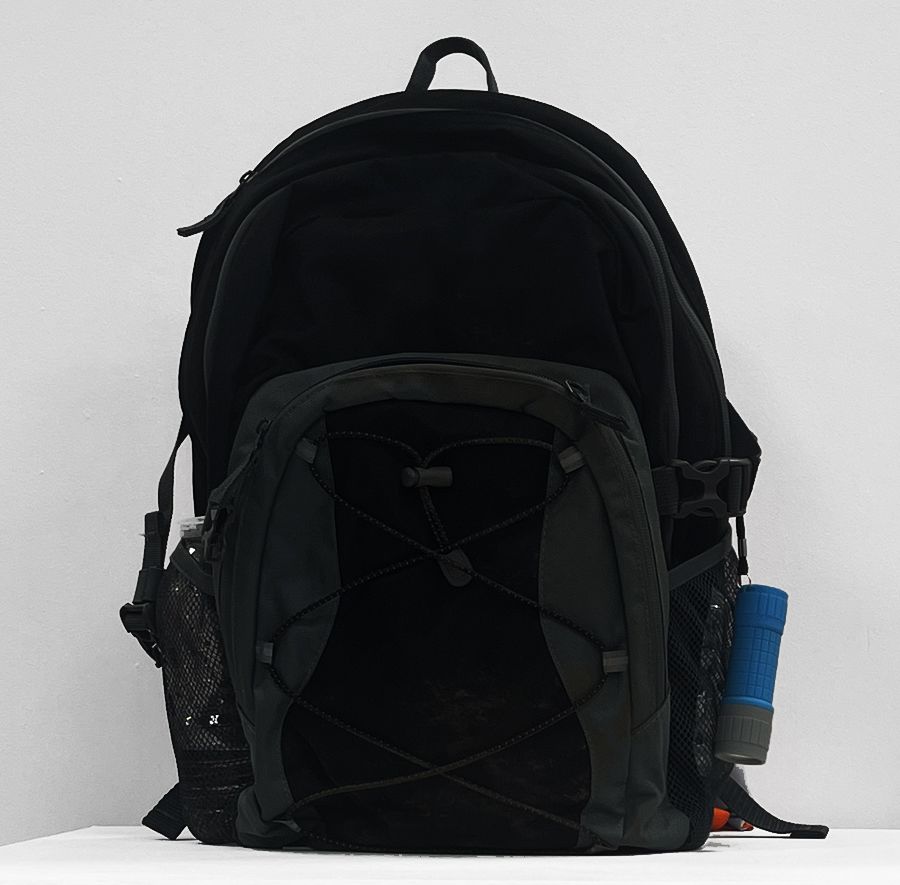
A battered black knapsack.
A battered black knapsack.

A battered black knapsack almost bleached out by light.
A battered black knapsack almost bleached out by light.
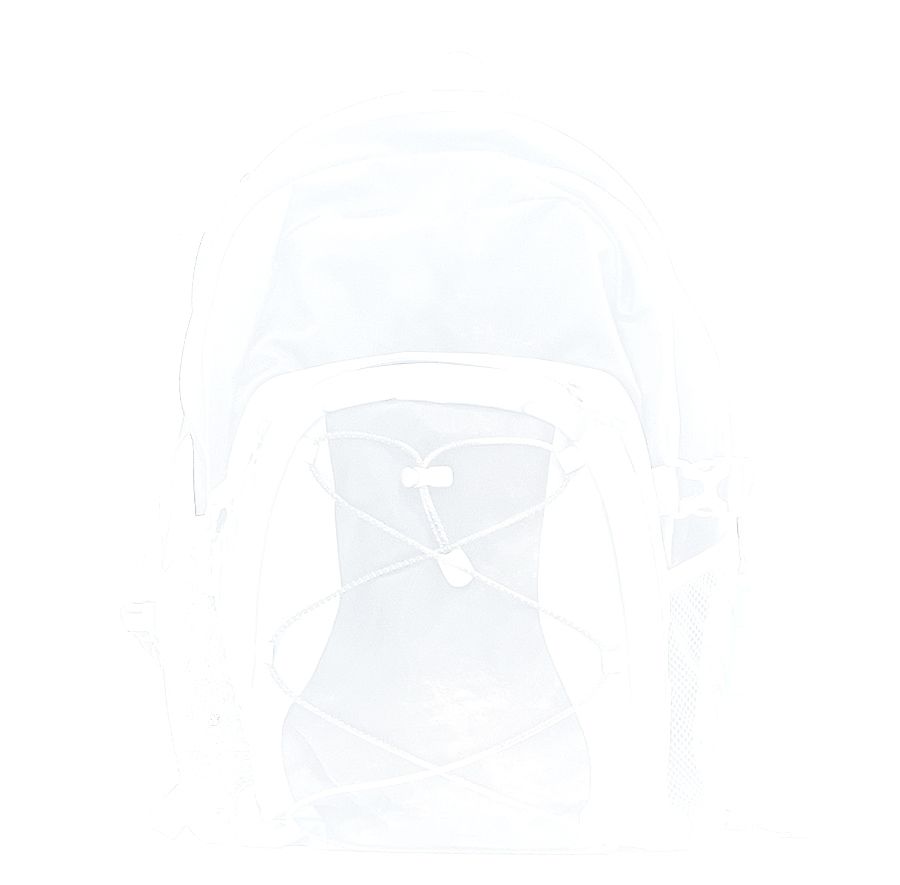
Image: Samantha Rajasingham
Image: Samantha Rajasingham
Chapter 5 - Hope
Persecuted for his activism, Salah was forced to leave a whole life behind in Egypt: family friends, a job as a chef.
He processed his thoughts on his journey through creative writing and poetry at UEA. Through words, he still has great hope. Part of the local poetry and food scene, Salah continues to build his life here in Norwich and hopes to pursue a PhD.
the life she is unfaithful / where are we to go / the life she is unfaithful / where are we to go / it is holding secrets / and we walk with it
Salah's suitcase is full of his prose and poetry, as well as his first poetry collection.
The papers and book in his suitcase are Salah's past, present and future.
A writer since a young age, the pages represent the hope that writing can bring.
This is Salah's first poetry collection: Hope and a Bear. It is the first step in the realisation of his hopes when he first came here.
He has written about his journey from Egypt to England, but these days he writes mainly about people and relationships in England. He has left Egypt behind. He is hoping to do a PhD.
Credits
The University of Sanctuary is a UK accreditation given to UEA to show our ongoing commitment to creating a welcoming culture of inclusivity, awareness, and scholarship support.
The short films were made by Red 7 Productions.
For more information about the project, please email the University of Sanctuary.
All photo documentation of The Suitcase exhibition by Bethany Spencer.
Our deepest thanks to all the University of Sanctuary scholars.
